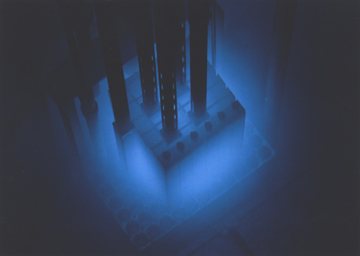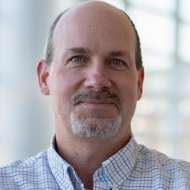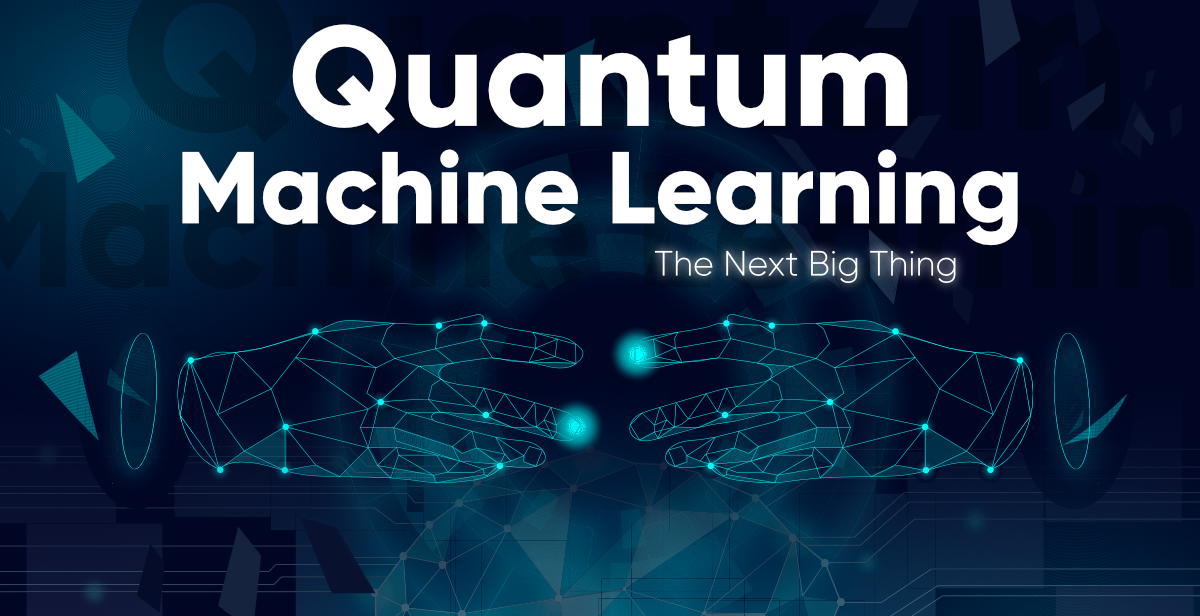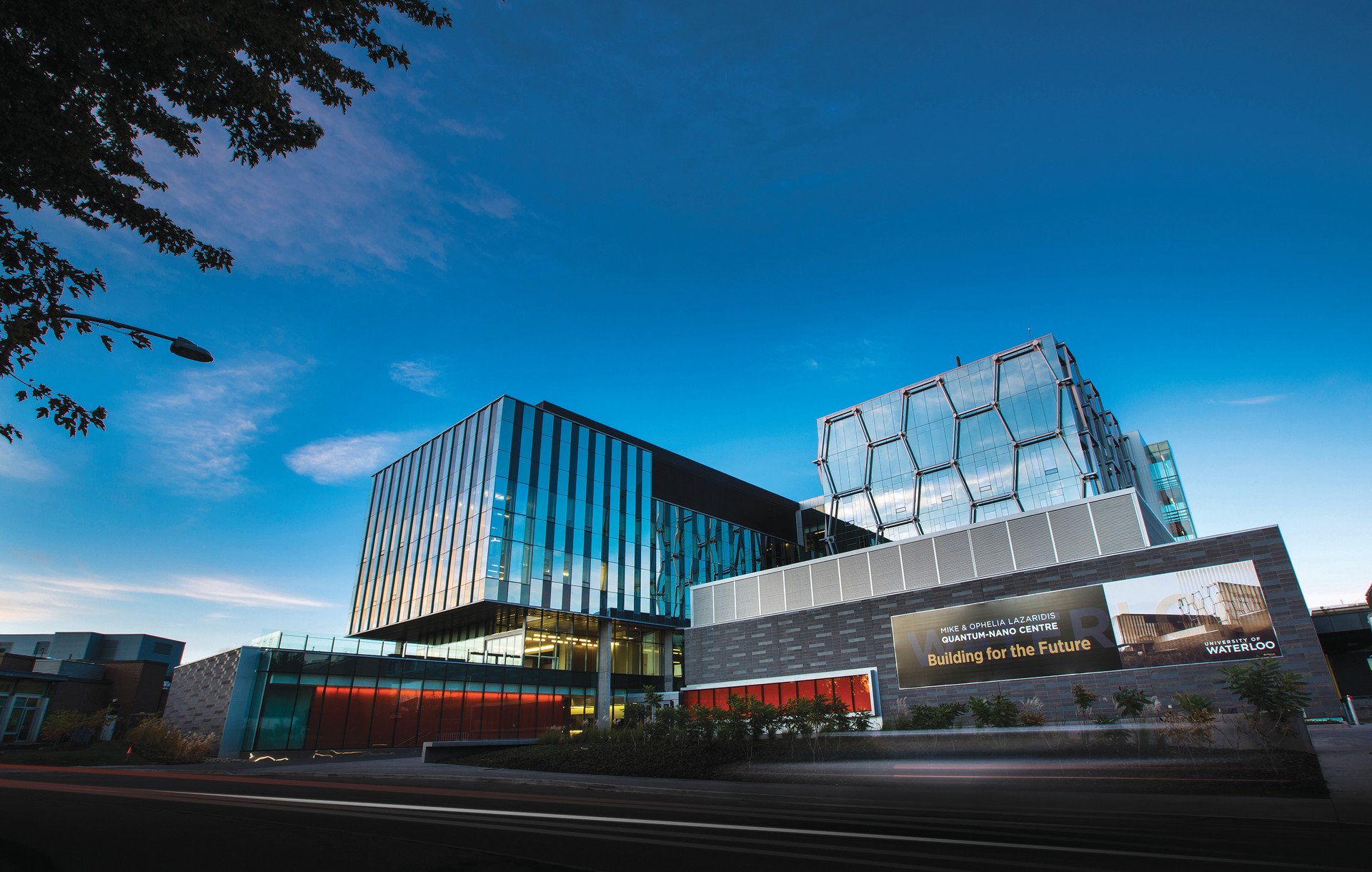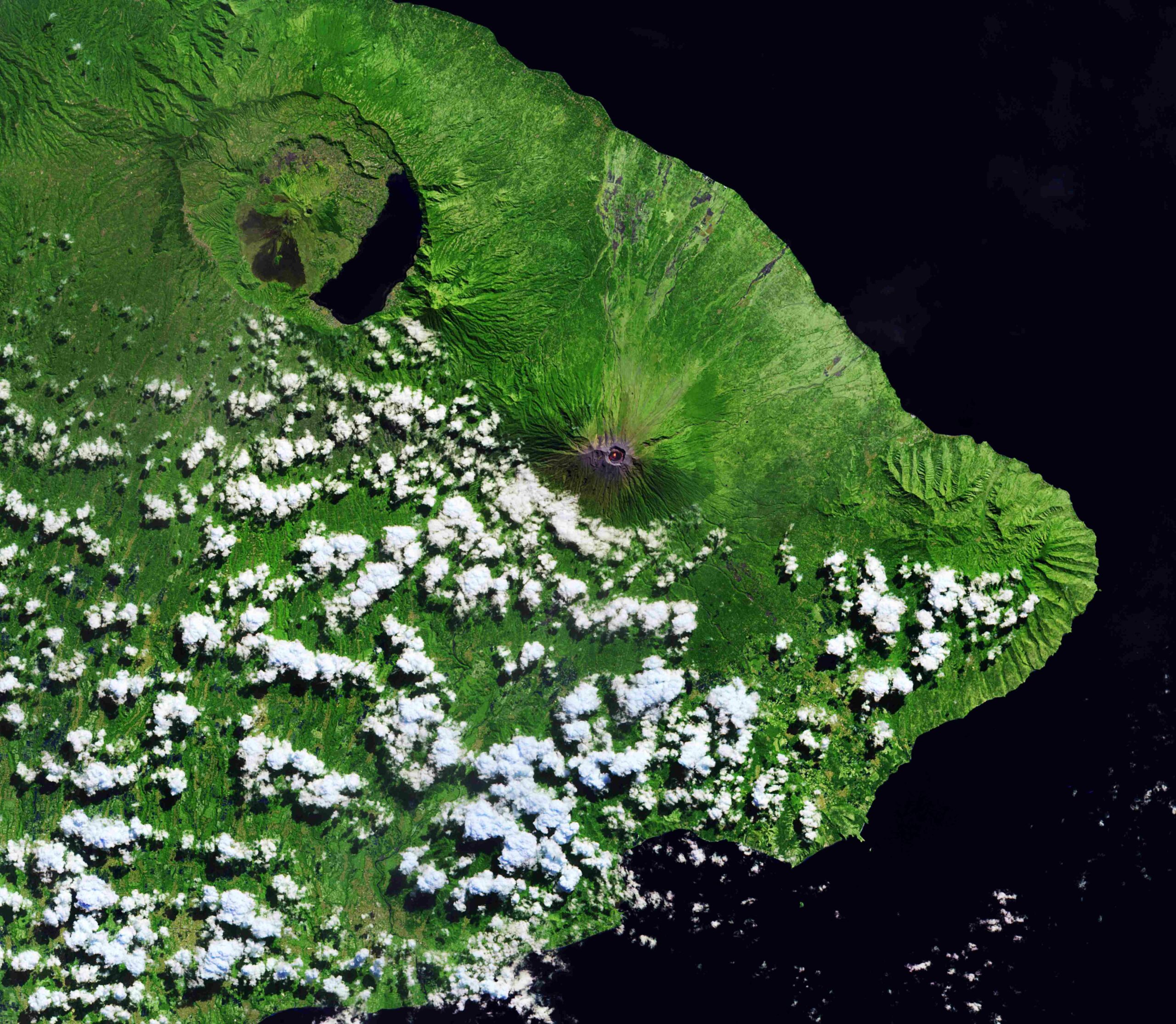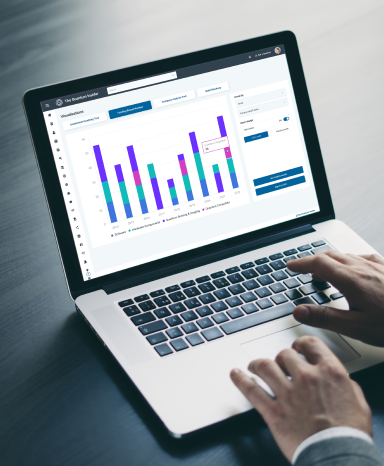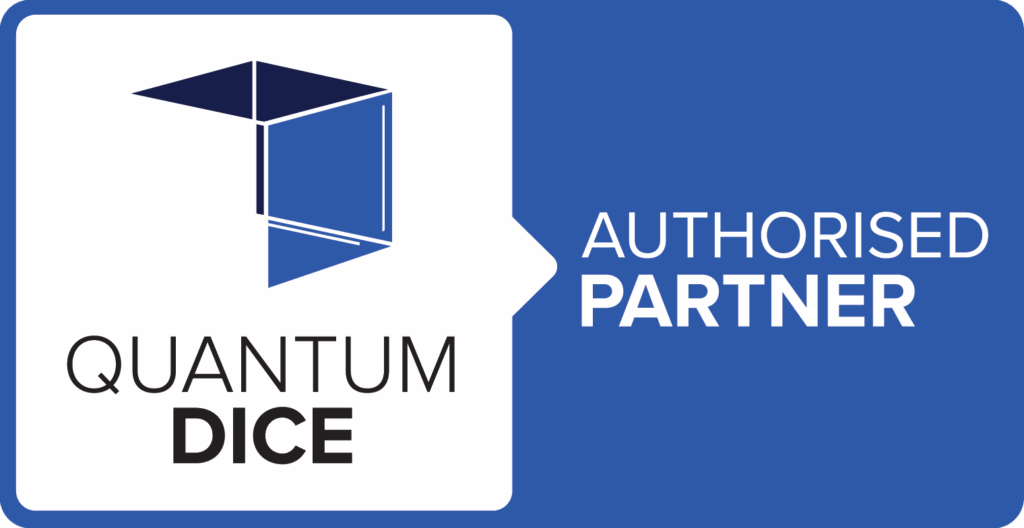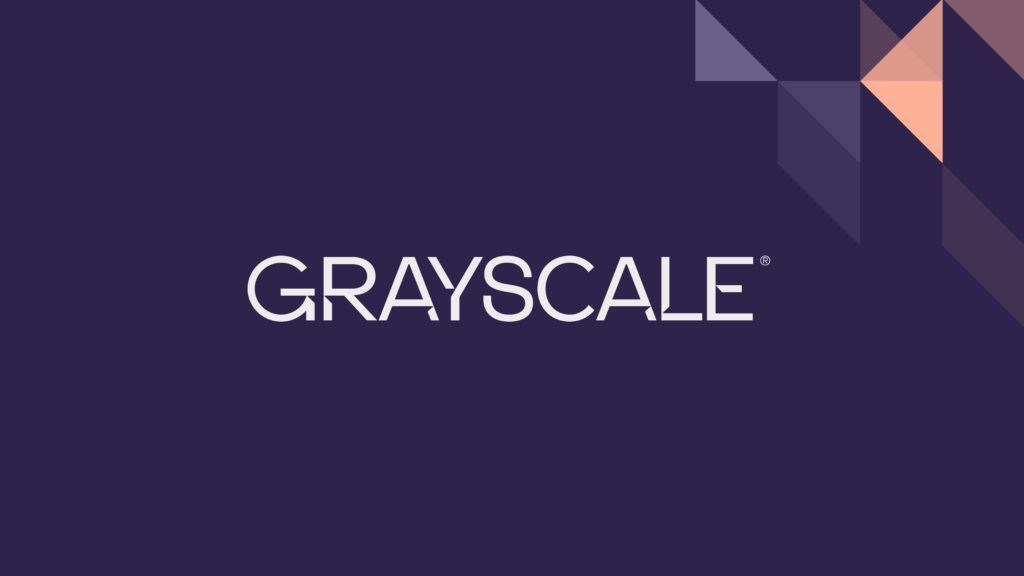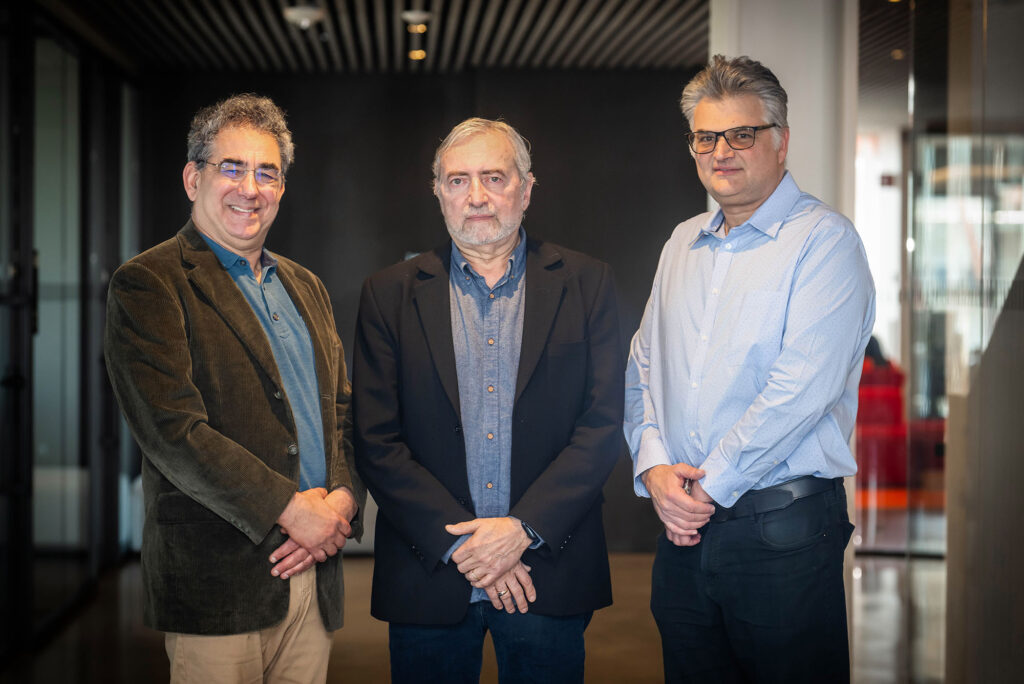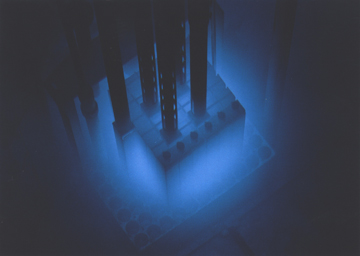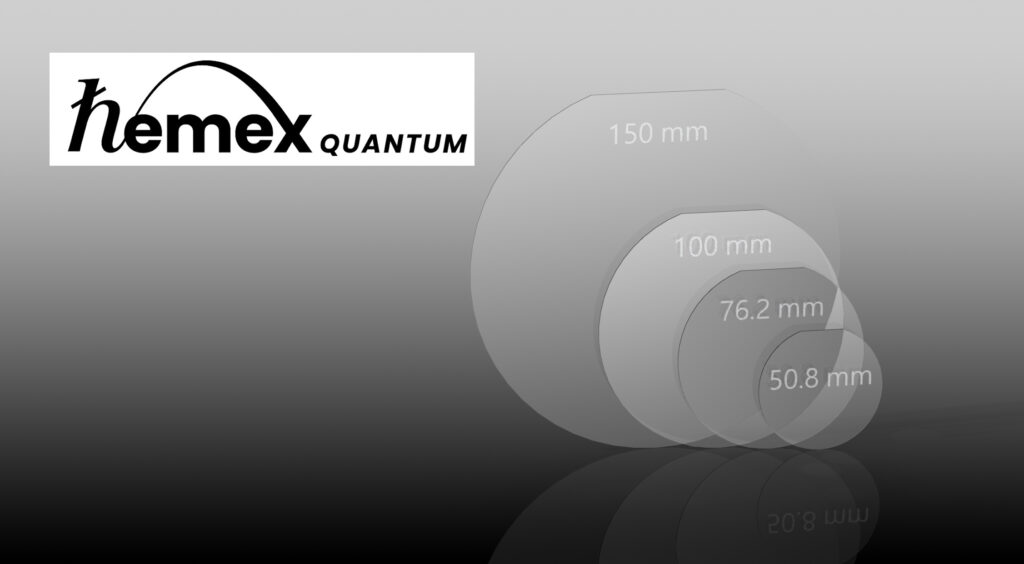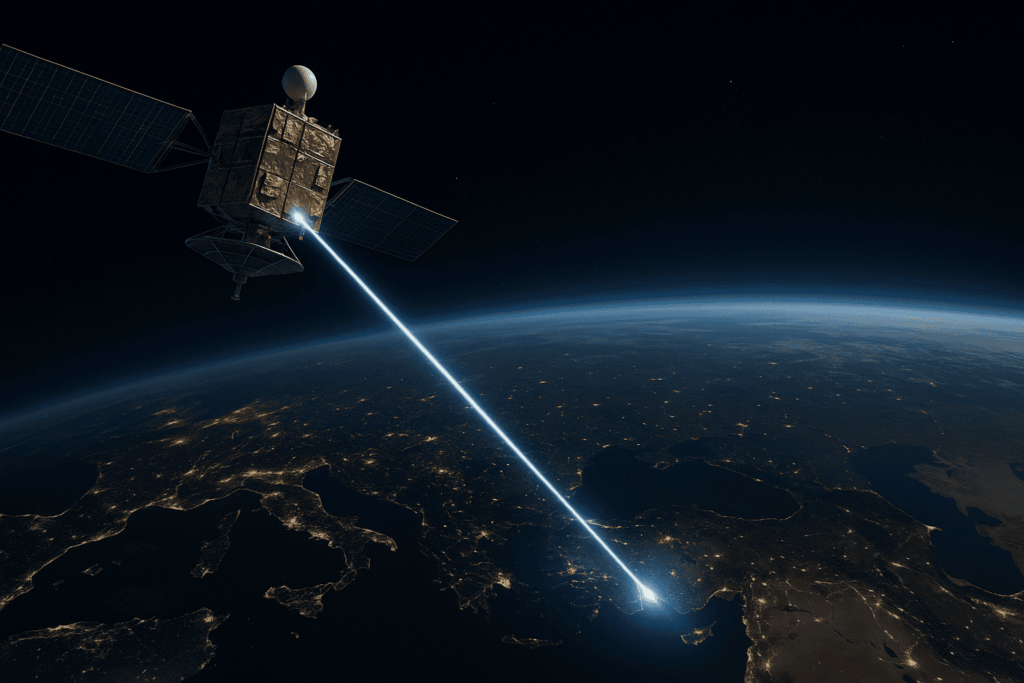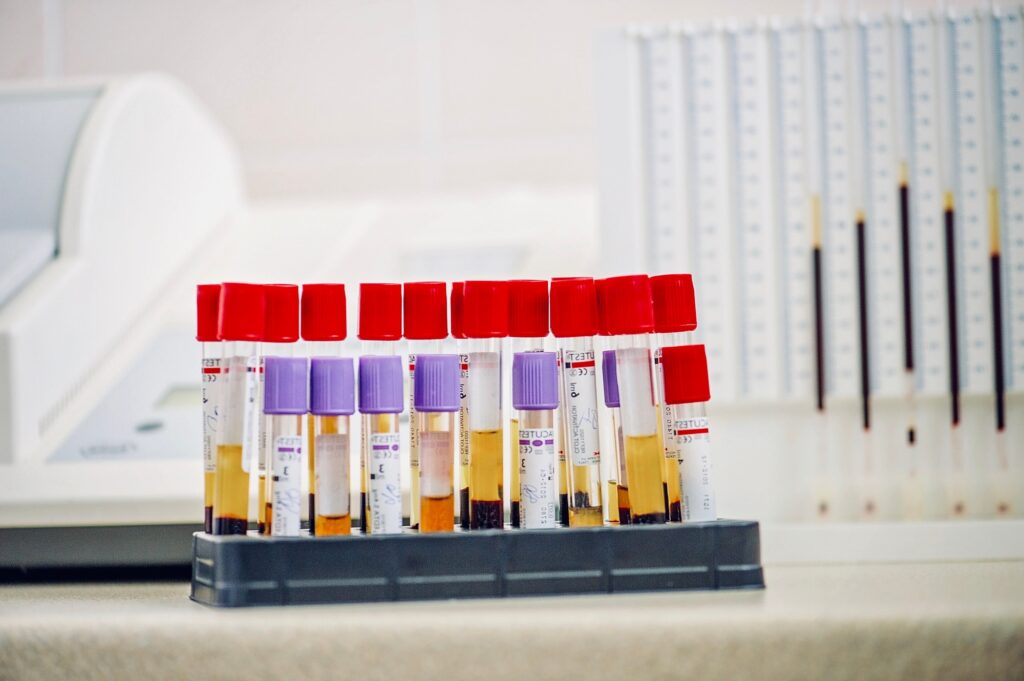Insider Brief
- Researchers successfully demonstrated quantum key distribution (QKD) in a functioning nuclear reactor, showing for the first time that quantum-secure communications can operate under real-world nuclear control conditions.
- The QKD system maintained low latency and stable performance up to 135 km with one-time pad encryption and 140 km with AES, ensuring secure, real-time data exchange even during simulated disruptions.
- The findings support the feasibility of integrating quantum-secure communications into autonomous and remote nuclear reactors, offering resilience against future cyber threats from quantum computing.
- Image: PUR-1 (Purdue University)
Researchers from Purdue University, Toshiba, and the U.S. Department of Energy’s Oak Ridge National Laboratory have successfully demonstrated quantum-secure communications in a functioning nuclear reactor. The team implemented quantum key distribution (QKD) on Purdue’s PUR-1 reactor, marking what appears to be the first experimental integration of quantum encryption technology in a live nuclear facility.
The findings could also pave the way for energy that’s not just powerful and plentiful, but also cleaner and safer.
As the nuclear industry moves toward digital and autonomous operations, particularly with the rise of small modular reactors and microreactors, their growing dependence on software and remote monitoring expands the potential for cyberattacks. Current cryptographic protocols rely on hard-to-break mathematical problems. But advances in quantum computing could make those safeguards obsolete. QKD offers an alternative by using the laws of quantum physics to generate secure keys that are impossible to intercept or duplicate without detection.

In the study, published on the pre-print server arXiv, the researchers tested whether QKD could realistically work in the sensitive and demanding environment of a nuclear control system — where latency, precision, and reliability are non-negotiable.
“The ability to maintain secure communications in reactor systems is critical to ensuring their resilience and safety,” said Stylianos Chatzidakis, PhD, assistant professor at Purdue’s School of Nuclear Engineering said in a statement from the research team. “Reactors, especially microreactors deployed in remote regions, would rely on continuous data exchange for monitoring, control and safety operations. Cybersecurity breaches in such systems could compromise sensitive information or even operational integrity, posing risks to public safety and energy security.”
How the Test Worked
The team used Toshiba’s long-distance QKD system and connected it to the PUR-1 digital reactor. Two nodes — referred to as Alice and Bob — exchanged secure encryption keys over single-mode fiber optics using the BB84 quantum protocol enhanced with decoy states. These keys were then used to encrypt actual reactor data in real time.
To simulate various deployment scenarios, the team introduced delay lines and optical attenuators to mimic longer distances and environmental disruptions. They then monitored the system’s performance under different encryption schemes and signal loads, testing the limits of how far and how fast secure data could travel.
The QKD system demonstrated stable key generation at rates of around 320 kilobits per second at 54 km, with a quantum bit error rate of 3.8%. At maximum performance, one-time pad (OTP) encrypted communications worked up to 135 km when limited to 68 core signals. That’s e nough to represent reactor behavior in most cases, the study suggests. With AES encryption, the system remained functional at distances up to 140 km, offering a practical compromise between security and key efficiency.
Rresearchers also reported that latency remained well below the operational thresholds of reactor control systems. Real-time encryption and decryption of signals were completed in under half a second, well within acceptable limits for typical sampling rates of 1 to 10 hertz.
A significant contribution of the study was modeling how the system would behave during disruptions. Researchers found that by allowing a short lead time—where keys are accumulated before secure operations begin—they could build a buffer of reserve keys that would maintain operations even if the QKD link failed.
At 50 km and under heavy data loads, this buffer allowed for more than four hours of secure operation post-failure. In leaner setups using only 68 signals, the system could run securely for up to 149 hours. Switching from OTP to AES during a QKD outage also extended uptime significantly, offering a practical failover strategy.
A Step Toward Secure, Remote, Autonomous Reactors?
The experiment confirms that QKD is not only feasible in nuclear environments, but also performs robustly in operational settings. This opens the door for its integration into next-generation nuclear systems, particularly in scenarios requiring autonomous or remote operation — such as Arctic deployments, disaster response energy modules, or small reactors co-located with data centers.
The PUR-1 is the first in the United States to be fully operated and controlled using digital technology — utilizing computer screens, keyboards, and ethernet connections, according to a statement. While some countries already employ digital control systems in their reactors, PUR-1 remains the only fully digital reactor licensed by the U.S. Nuclear Regulatory Commission. Being entirely digital means that its instrumentation and control system — the reactor’s “nervous system” — relies exclusively on digital technology.
“PUR-1 is uniquely positioned to address challenges like this one as the first fully digital nuclear reactor in the United States,” Phil Evans, senior R&D staff at Oak Ridge National Laboratory’s Quantum Communications & Networking group said in the statement. “Equipped with state-of-the-art digital instrumentation and control systems and a digital twin, PUR-1 serves as a versatile research and education platform for exploring cutting-edge technologies in reactor operations and cybersecurity.”
The study also provides a detailed framework for system designers, offering equations and models to balance signal loads, encryption strength, latency, and key availability. It shows that a hybrid approach — using quantum-generated keys with conventional encryption like AES — can provide both near-term practicality and long-term quantum safety.
“The fully digital architecture of PUR-1 makes it an ideal testbed for integrating and evaluating quantum technologies in realistic nuclear environments,” Terry Cronin, vice president of marketing at Toshiba International Corporation, said in a statement. “This capability ensures that innovative solutions can be experimentally validated before being scaled to larger or remote reactor systems. By integrating quantum key distribution, this demonstration addresses these concerns with a level of security that is immune to interception or decryption by current or future computational technologies.”
Limitations and Next Steps
The team acknowledges that their setup used commercial hardware and was limited to simulated long-distance conditions. Future work will explore minimizing latency further by optimizing key request times and evaluating hardware implementations of encryption algorithms. They also plan to investigate how QKD systems perform in high-radiation environments — something critical for full deployment in power reactors.
Parallelization of operations and more efficient software design could also reduce latency variance, making the system suitable for even higher data rates.


